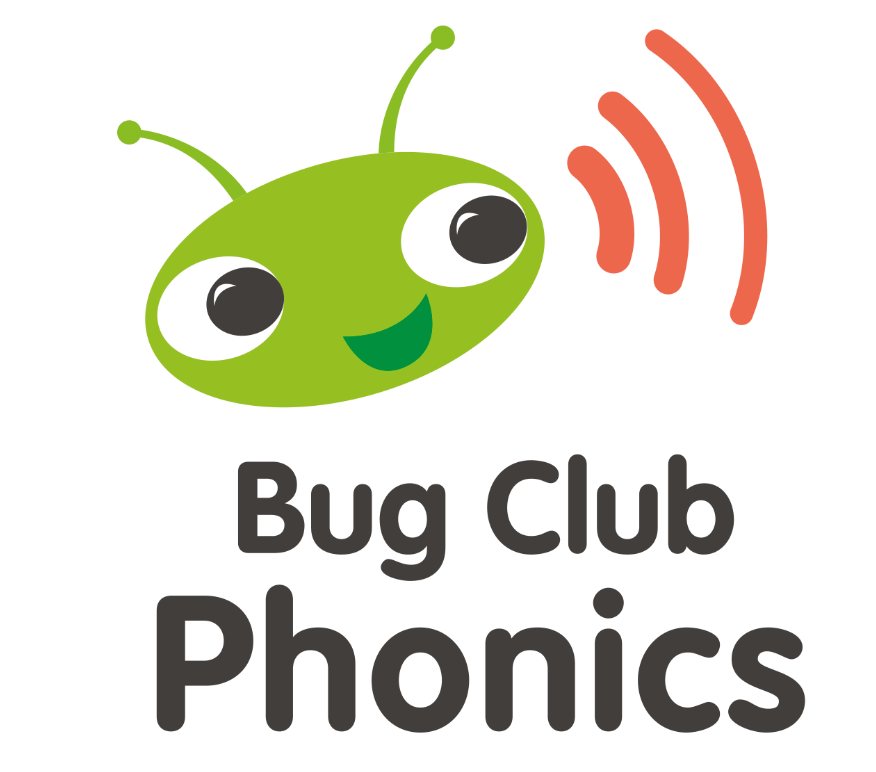Over the last half term we have been adjusting our approach to phonics and reading based on some new DfE guidance and additional advice and experience from OfSTED inspections. Mrs. Ellerby and Mr. Mayes have looked very carefully at the provision and have made some changes so that the school is consistent in its approach from Reception through to year 6. They have produced a video to explain some of the changes, particularly around reading, which can be viewed here.
We know that phonics and reading are the way that children access the curriculum. As you know we have had a significant emphasis on reading in school this year which has made a significant difference to pupils’ progress, attainment and enjoyment. We also know that you have been working hard at home with your child to practise sounds and increase the frequency and breadth of reading. This is demonstrated in the reading journals and is again impacting on how much children know and what they do across the curriculum.
We have decided that Bug Club, which is our core reading scheme, is now going to be our phonics scheme as well. This means that the sounds and words that children are learning in school will appear in their reading books for them to practise. In order for children to be really secure we have structured the reading material to support phonics practise and irregular word recognition.
The language we use in school and at home is really important. When you talk to your child about their reading please try to use the language below as this will help them to link what is being taught at school with what is being practised at home.
Phonics book (also available online via Bug Club login)
Most children who are learning phonics (usually EYFS and KS1) will have a phonics book. This is directly linked to the phonics that they know. It does not contain words or sounds that they have not been taught. This is the first book they should read and can be read independently by your child. If you feel your child is struggling with this book or the sounds and words in it, please talk to your class teacher straight away.
Reading book
Some children who are learning phonics and are highly competent will bring home a reading book. This book is matched to the level of phonics that they are learning and may contain some irregular words or sounds that they have not been taught.
It is important that this book is shared with an adult not read independently if children are still learning phonics as they need to hear the words read by adults and this will help with comprehension and their own fluency.
For children who are no longer studying phonics (usually year 2 and above when phonics becomes spelling) this will be a book set at their reading level. It is a book that they can read mostly accurately without making too many mistakes (reading 90% confidently).
Book for pleasure
This can be any book a child chooses. It could be from the reading scheme or the library. The recommended reading list would be a great place to start. They can be found here.
Phonics practise
Most children when they are learning phonics will bring home flash cards with the sounds and the words they are learning, particularly early on. We use these in school as well to support recognition. The Bug Club phonics scheme presents these with pictures to give children a context for the sound in a word. The sound mats we use in school can be found on the website here.
There is a link to the sounds here. If you are not sure how we would pronounce the sounds in school this is a useful place to start.
Handwriting
As part of the Bug Club provision, we have decided that as children see printed words and sounds more often we will teach print as our handwriting scheme and move to joining as children move through the school. This changes the formation of the letters that children have been learning thus far. We are confident that this transition will be relatively easy for the vast majority of children.
For children who are already writing in cursive script and forming their letters correctly we will not be expecting them to now write in print. For others who are either still learning or who have incorrect formation they will be expected to learn print as the first formation.
The font used is the one below.
![]()
We will put many more resources on the website over the next few weeks so please check back regularly to see what has been added (they will appear as latest resources at the bottom of the of the front page). There are some resources attached to the bottom of this letter.
If you have any questions about phonics or reading, please talk to your child’s class teacher.

